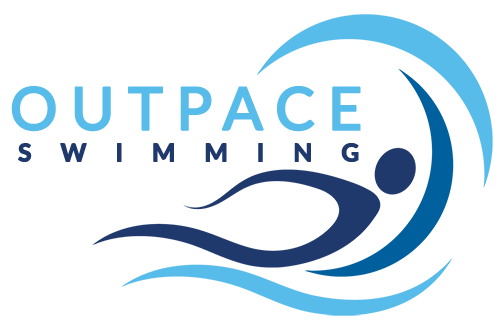If you are swimming in the sea in Wellington, below are three useful links:
If you are swimming at Freyberg Pool (33.33 metres), Thorndon Pool (30.50 metres) or at Kilbirnie pool (25 metres), below are three useful links for your interval swim sets:
-
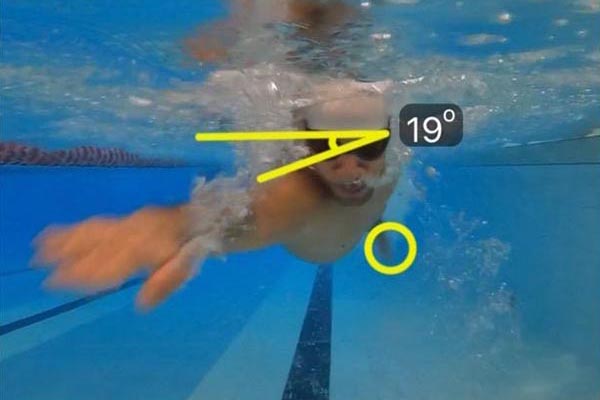
Improve your Freestyle with the correct Front Quadrant timing
What is Front Quadrant Freestyle (FQF)? Front Quadrant Freestyle is a type of stroke coordination that most elite swimmers use to swim Freestyle. It is widely recognized as being an efficient way to swim. The […]
read more -
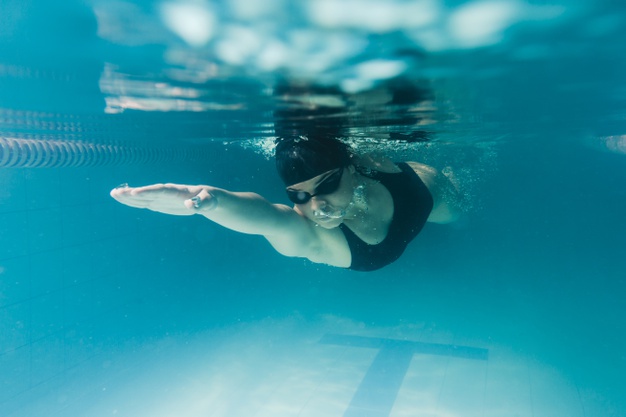
Why Distance Per Stroke (DPS) & Stroke Counting Matter
The world’s best swimmers are faster than you because they travel further with each stroke, not because they are moving their arms faster Distance per stroke (DPS) is the distance you travel per stroke and […]
read more -
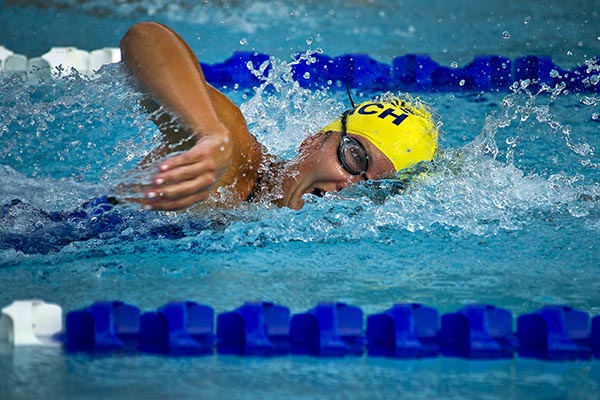
Introduction to swim sets, interval training and how to build your fitness
Step 1: Time yourself (pace awareness) Knowing your speed is the first step. You will need either a waterproof watch or pace clock which is often on the wall of most swimming pools. If […]
read more -

Benefits of interval training in swimming
Constant pace and rest are the foundation for developing your endurance and are best accomplished by swimming intervals. This ensures consistency and accountability of swimming pace and rest. What is interval training? Interval training consists […]
read more -

Understanding the pace clock
It is essential to use the pace clock if you want to progress in swimming. The pace clock will allow you to: Be autonomous at controlling the times yourself Control your effort, paces and intervals Gain […]
read more -
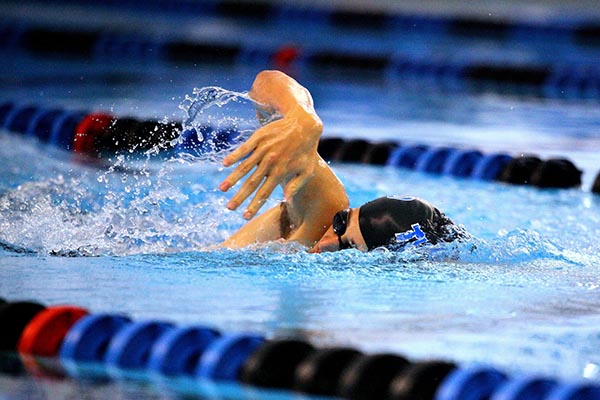
Understanding Critical Swim Speed (CSS)
Critical Swim Speed (CSS) is also commonly known as lactate threshold or anaerobic threshold and is a good indicator of your current level of endurance or aerobic capacity. Depending on your level, it is also a […]
read more -
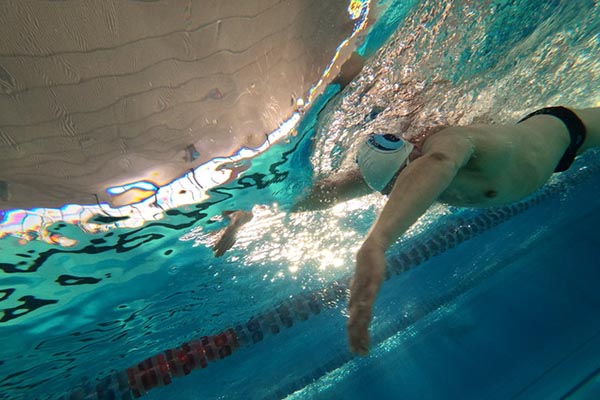
Understanding swimming paces and effort levels
Paces Paces per 100 What you should feel and focus Easy Critical SwimSpeed + 10 seconds Can hold this pace for a very long time. Focus on a good technique but in the most relaxed way […]
read more -

Race Predictions for Triathletes
Levels CSS pace (per 100) Outpace time prediction based on Critical Swim Speed (meters) 400 m. 1500 m. 1900 m. (half ironman) 3800 m. (ironman) 1 around 2’00 7’20 to 8’00 29’45 to 32’30 > […]
read more -
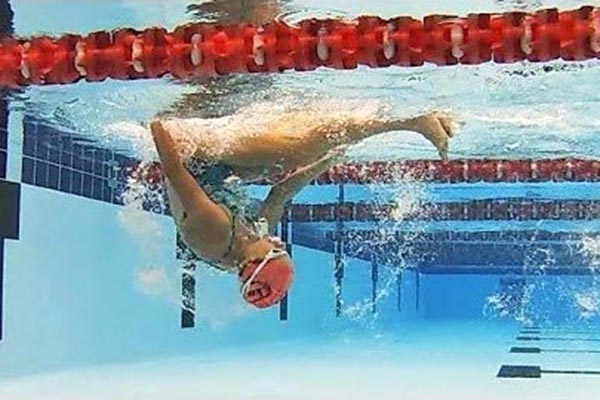
What are the benefits of tumble turns (flip turns) for swimmers and triathletes?
Linking your lengths and ensuring a more continuous workout. Tumble turns avoid interruptions and getting extra rest during each turn at the walls, which is often tempting. If you race in the ocean, would you […]
read more -
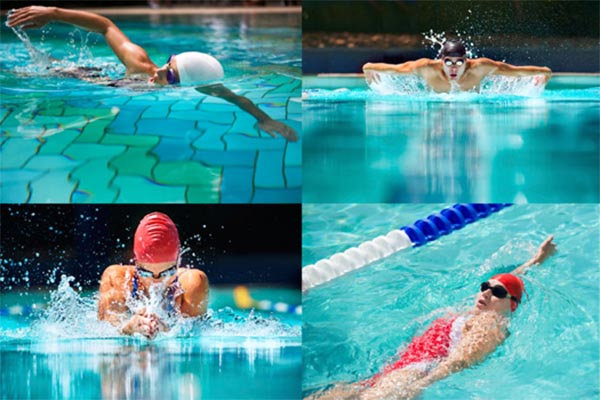
Benefits of training different strokes
When you swim several strokes you use more muscles and your body gets a better workout.The risk of swimming injuries is also decreased because you don’t always stress the body with the same movements and […]
read more -
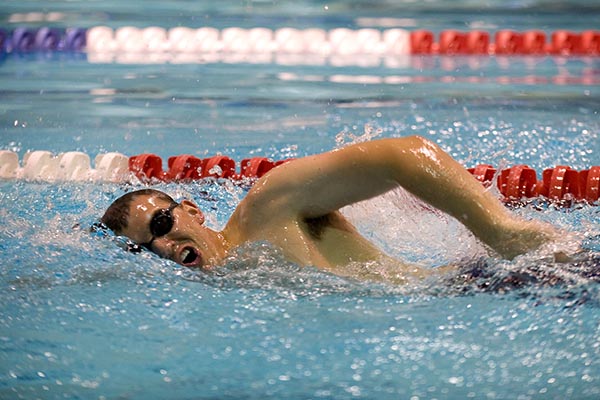
Why follow a training plan
Whether you train on your own or in a group, following a structured programme of varied workouts will give you lots of benefits such as: Diversity of swim sets, intensities, technical drills, strokes and challenges to stop […]
read more -
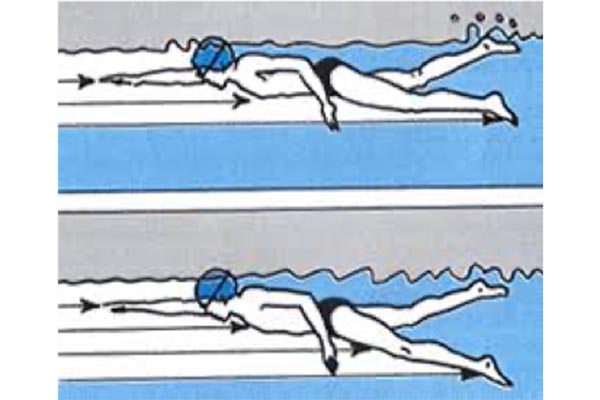
The importance of a good technique
In swimming, only about 20% of performance is related to fitness while the other 80% is technique and efficiency. The main difference between swimming and other sports is that we don’t have a solid ground […]
read more
